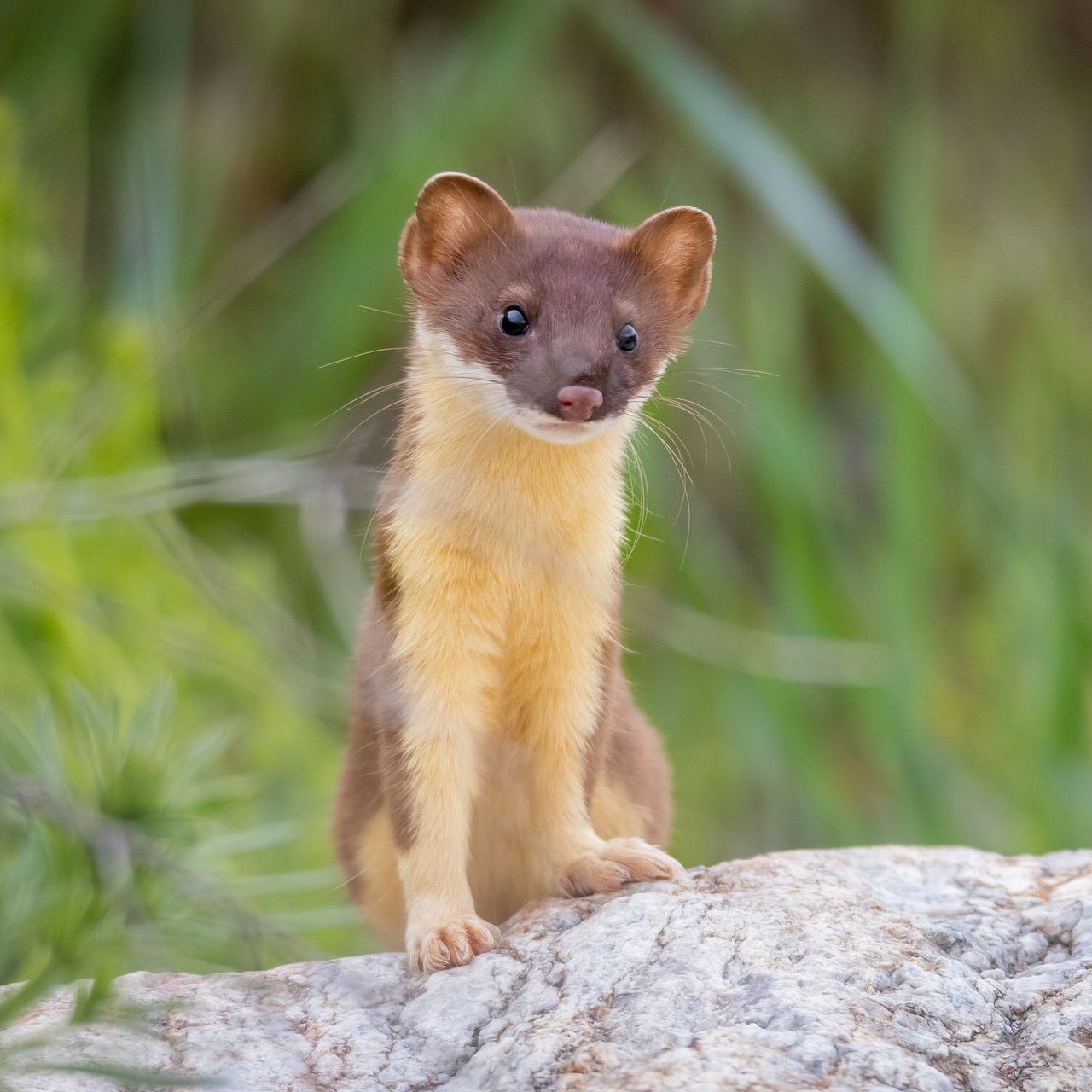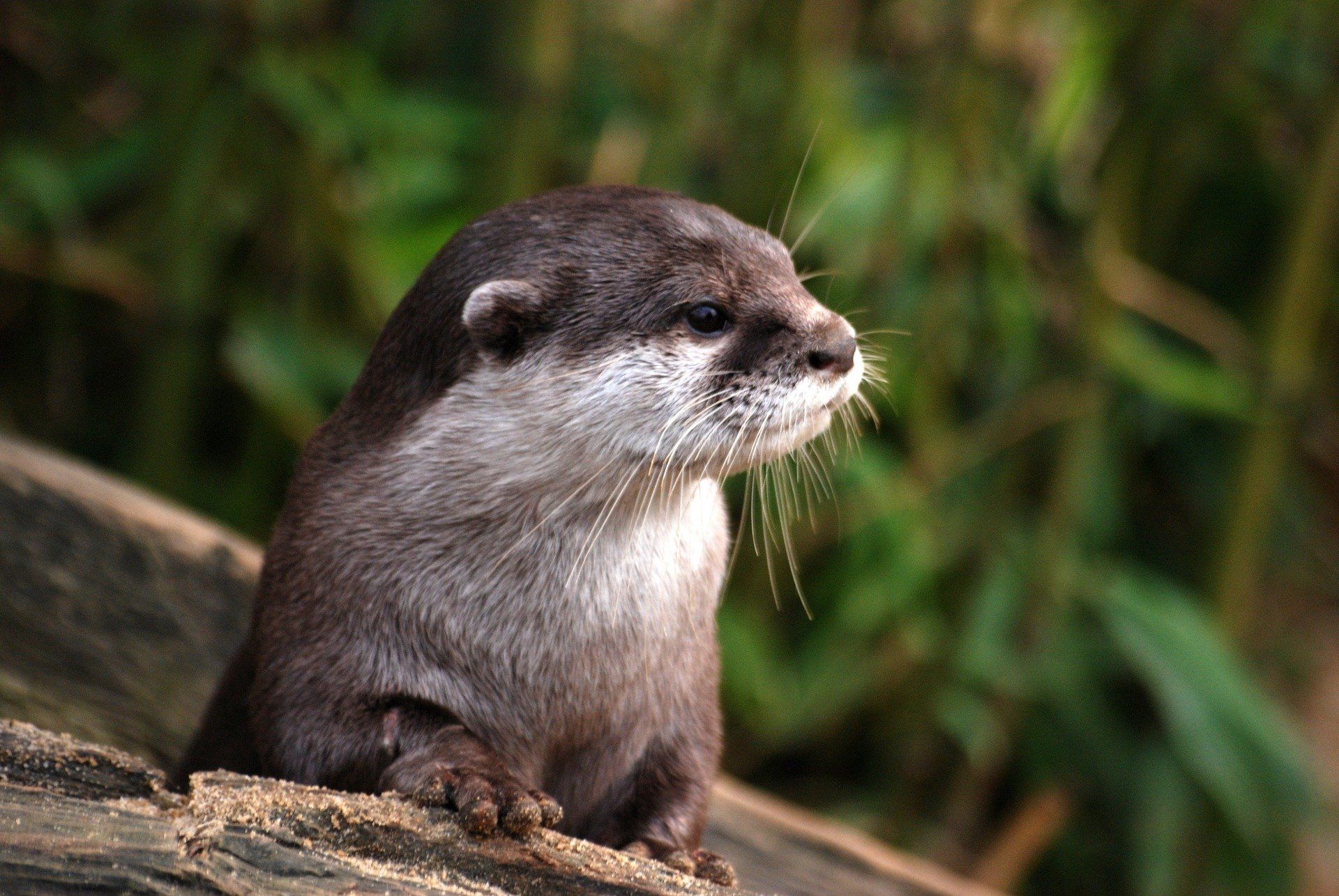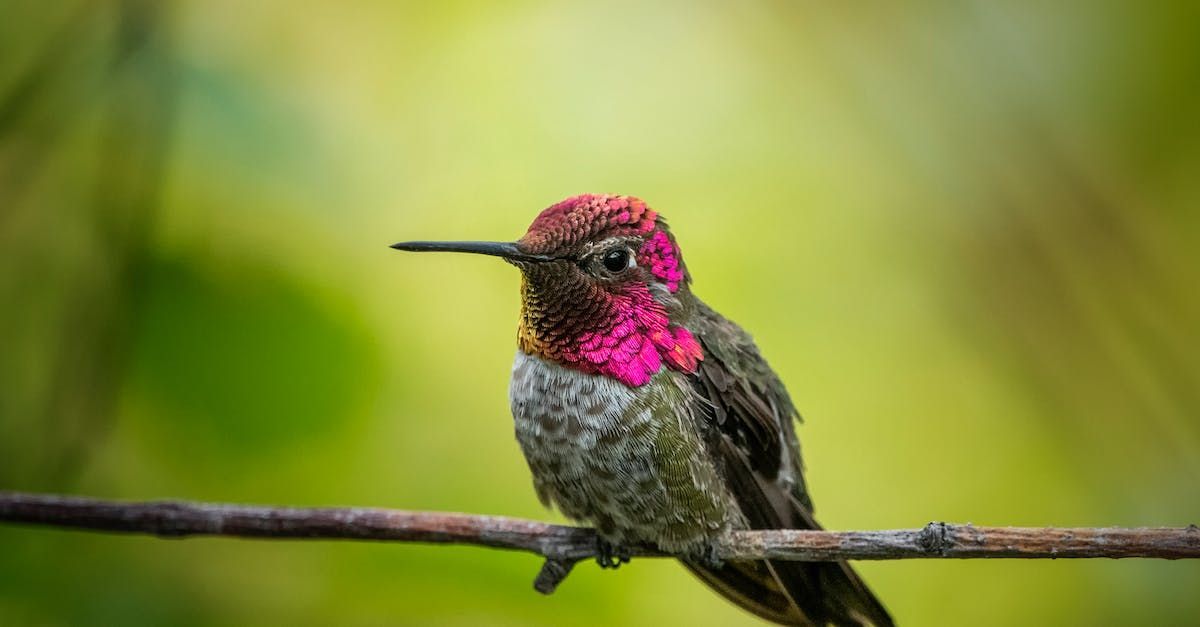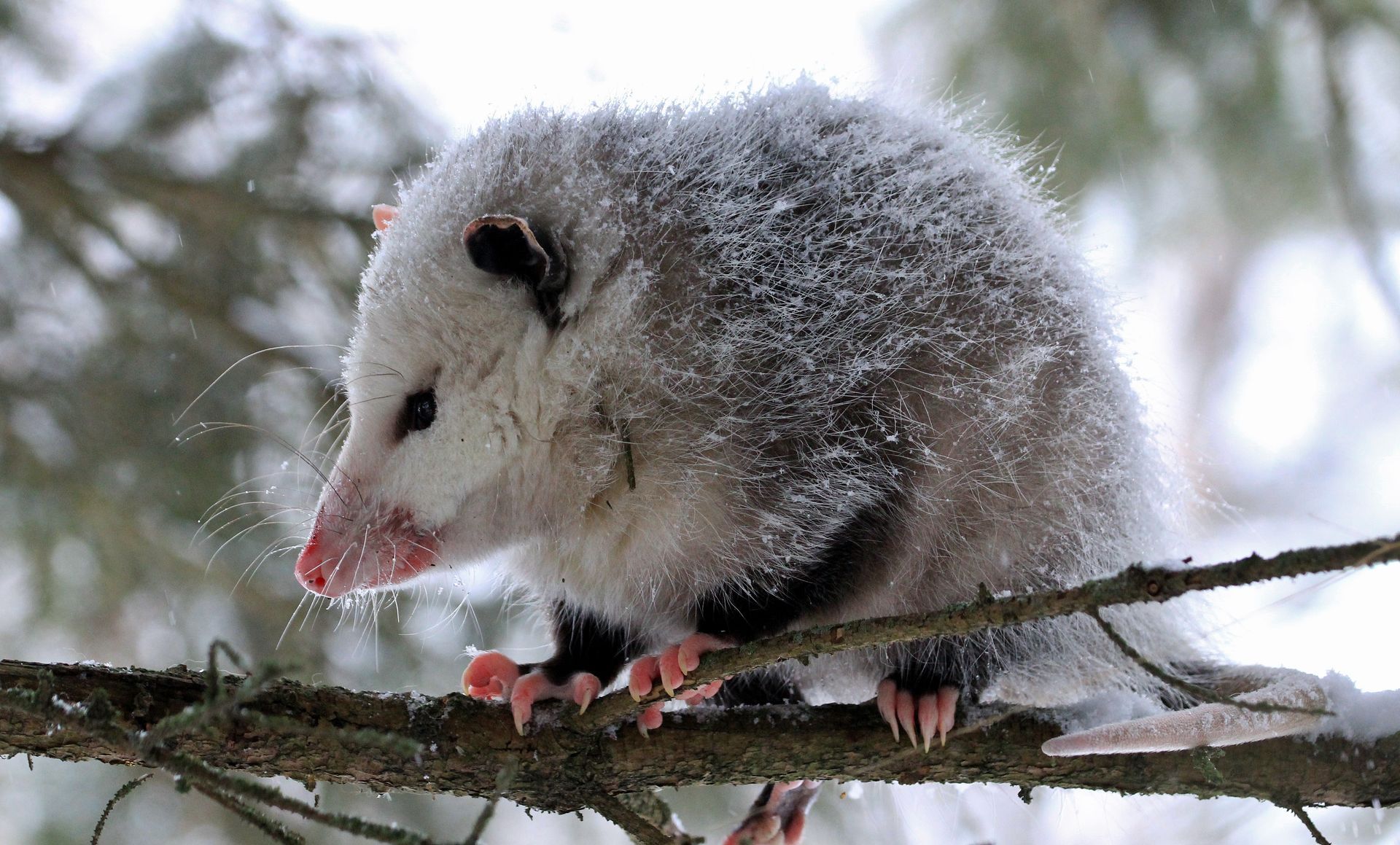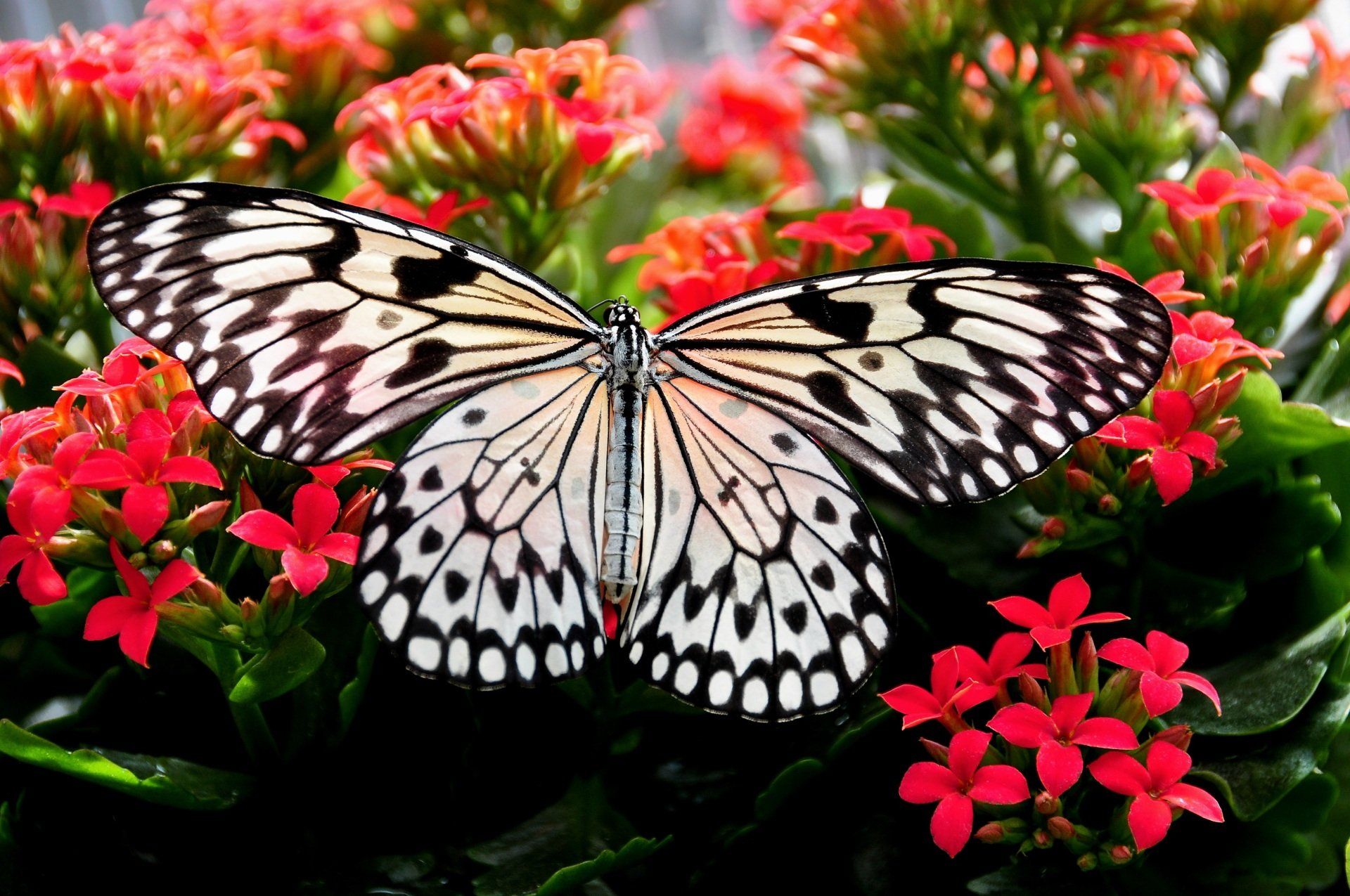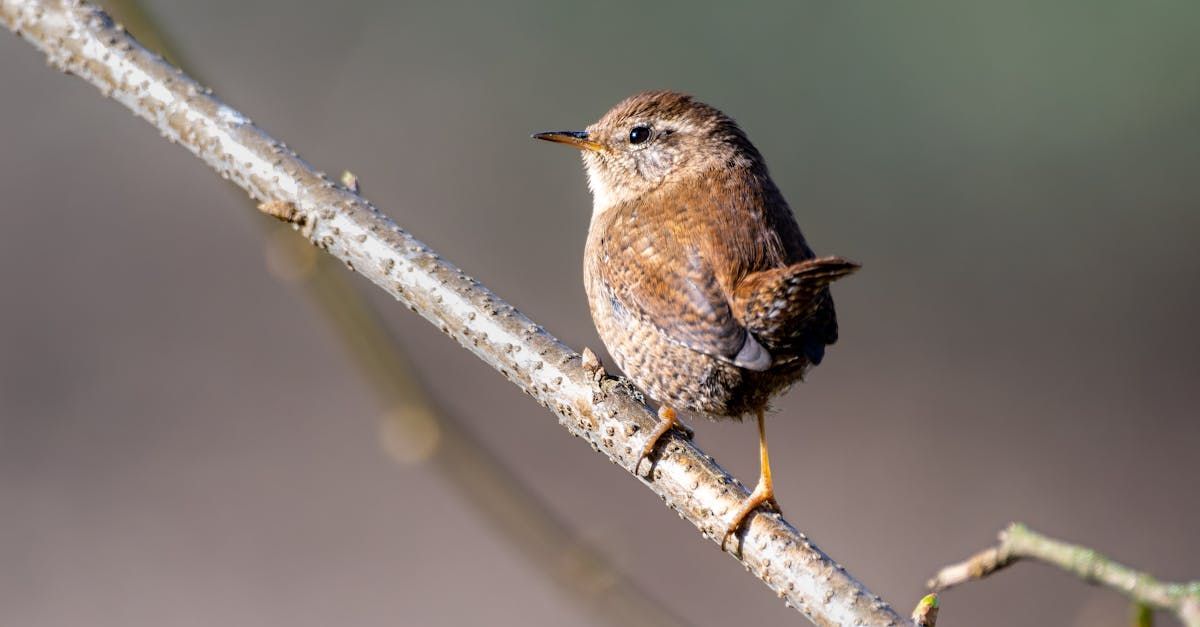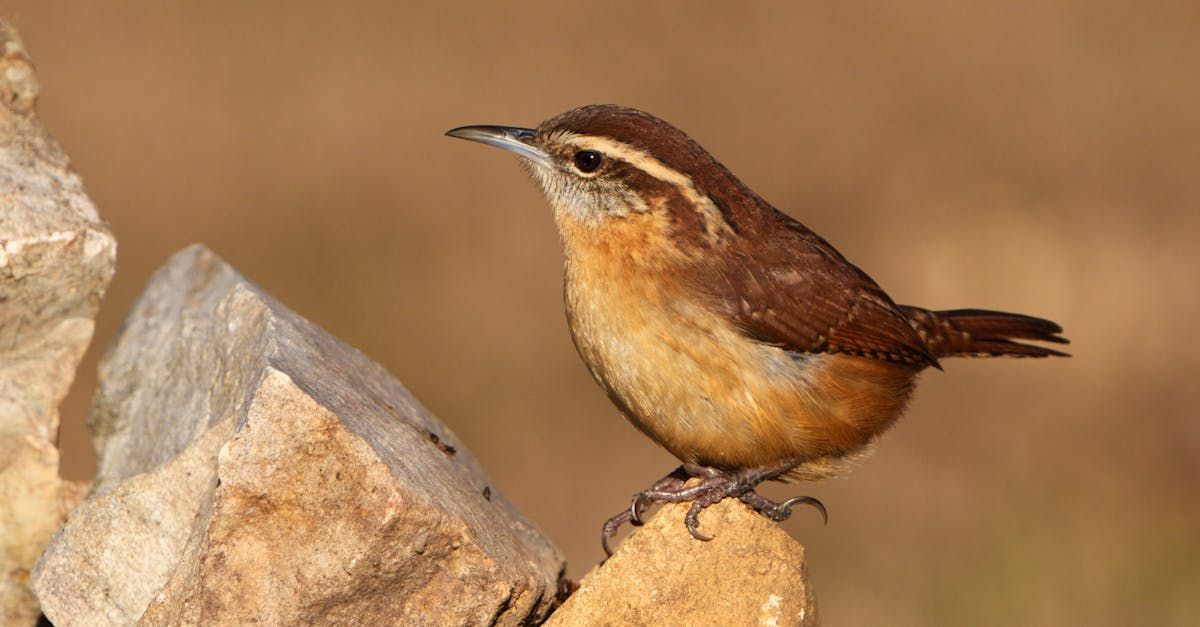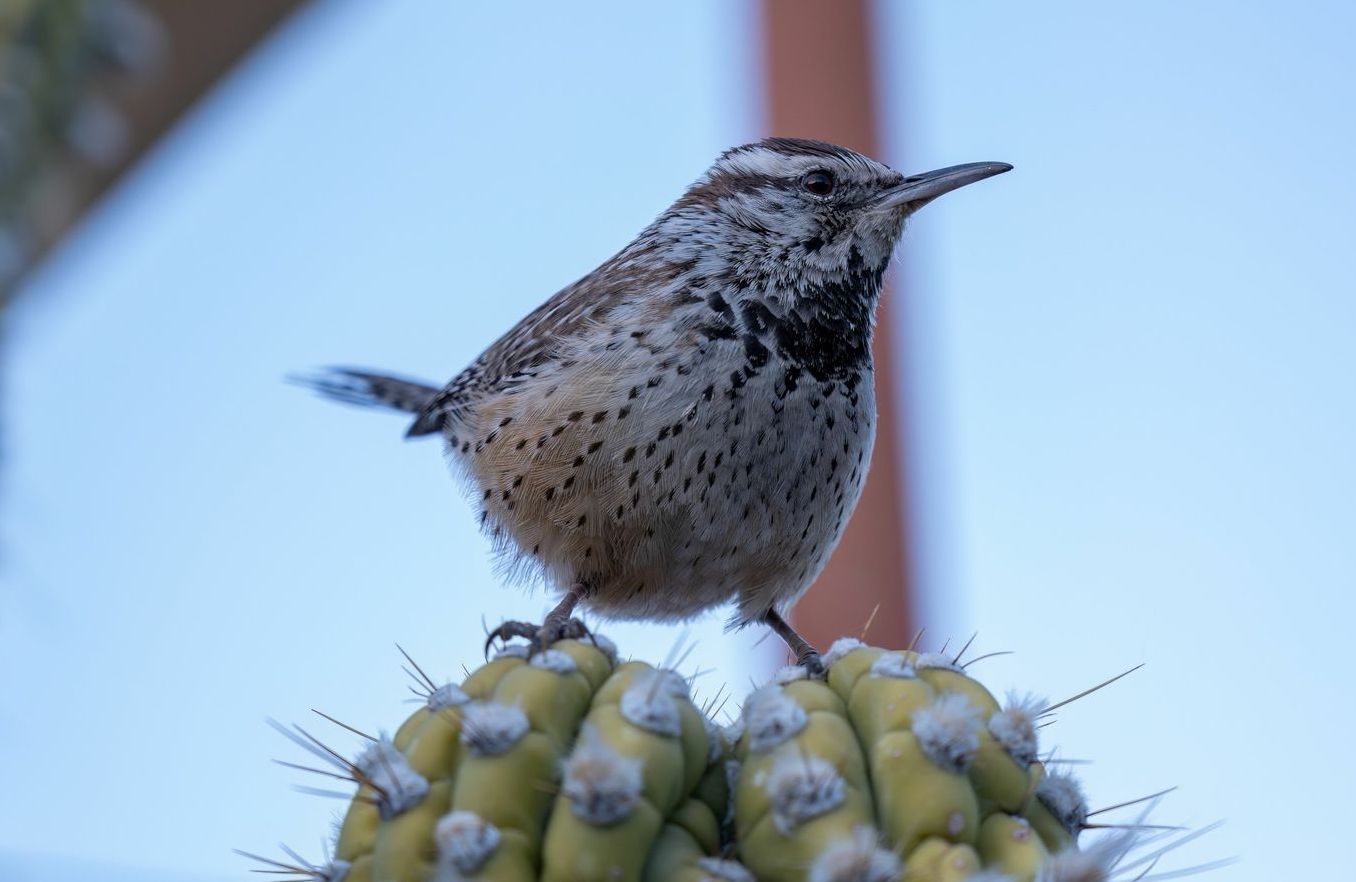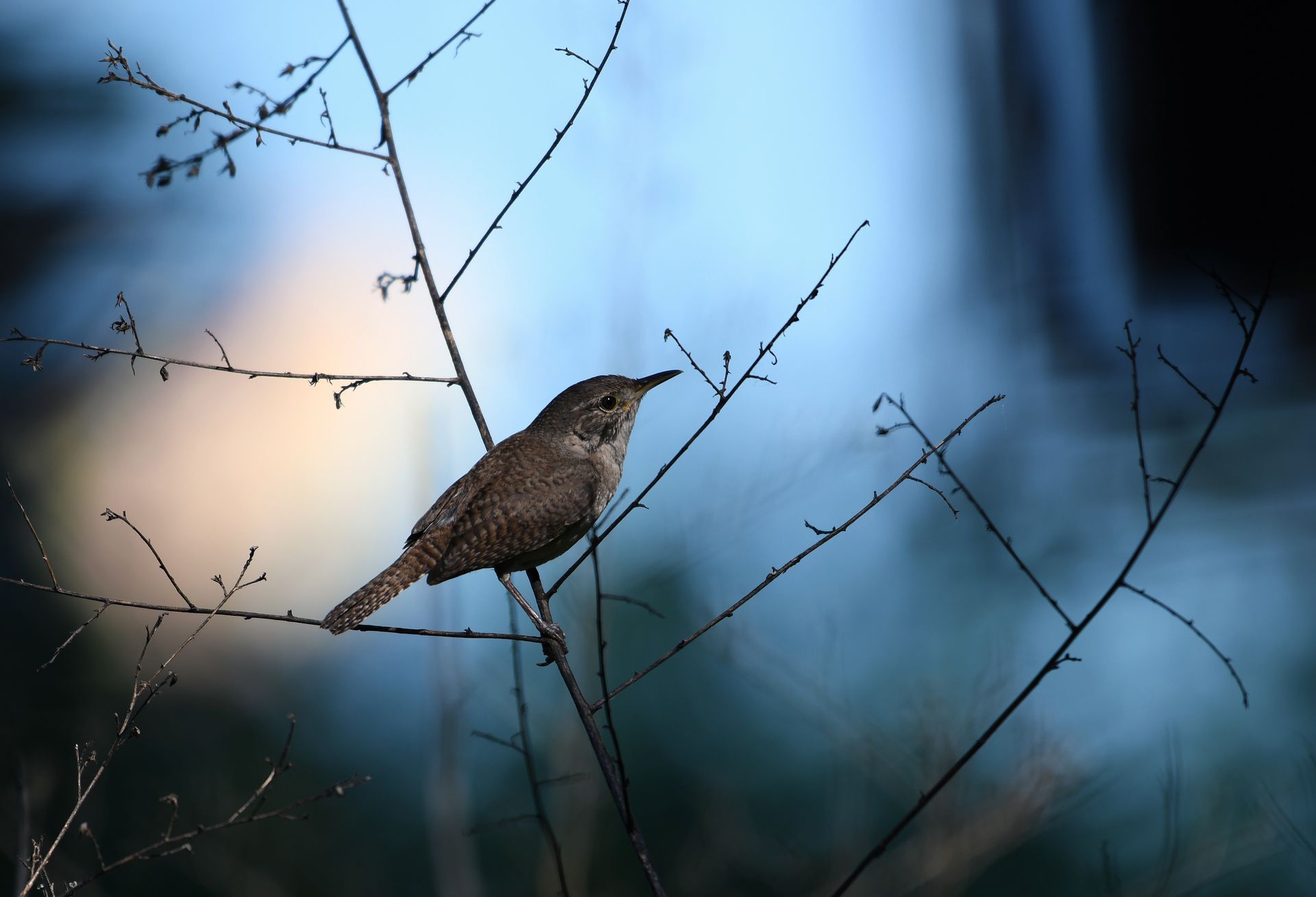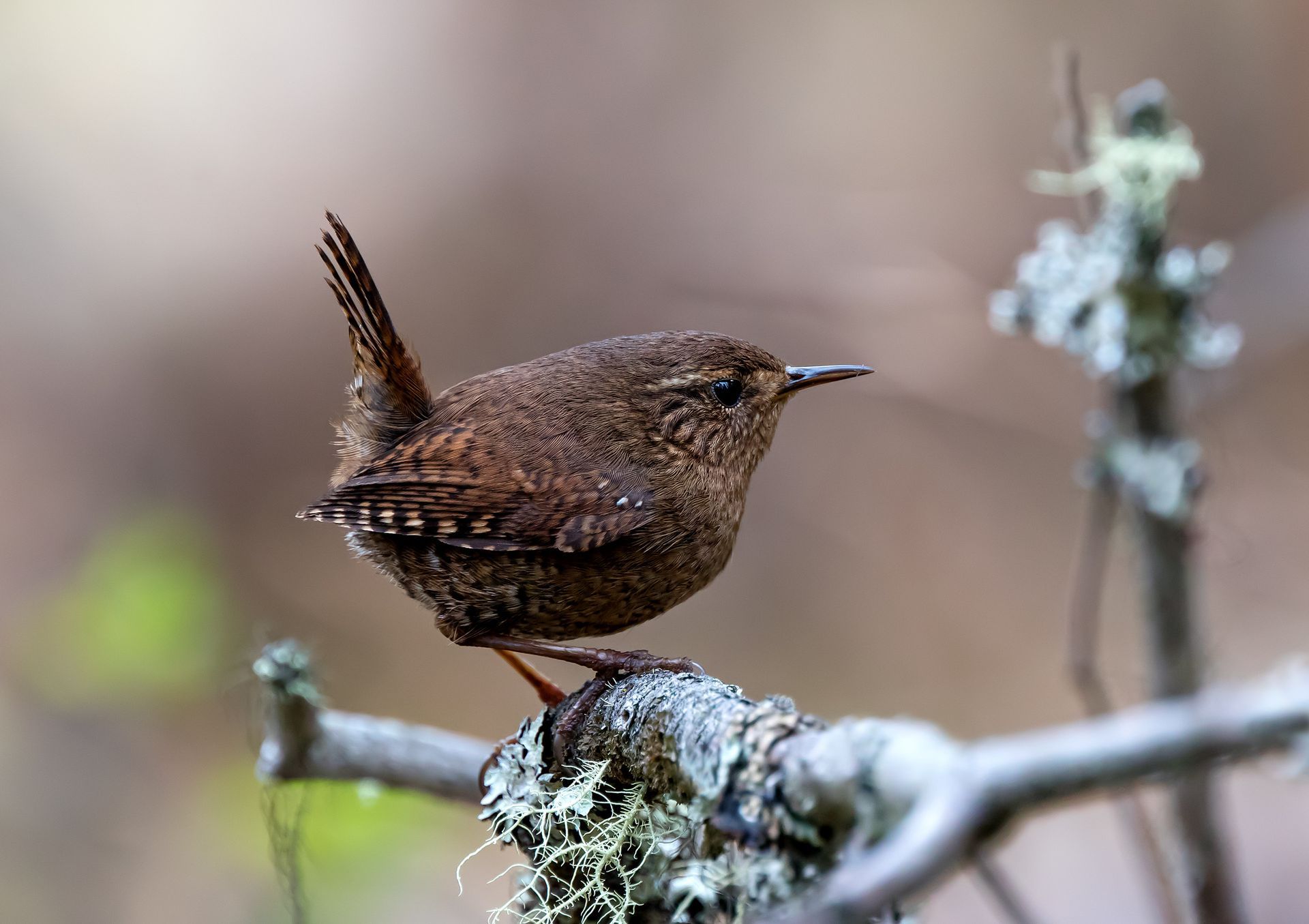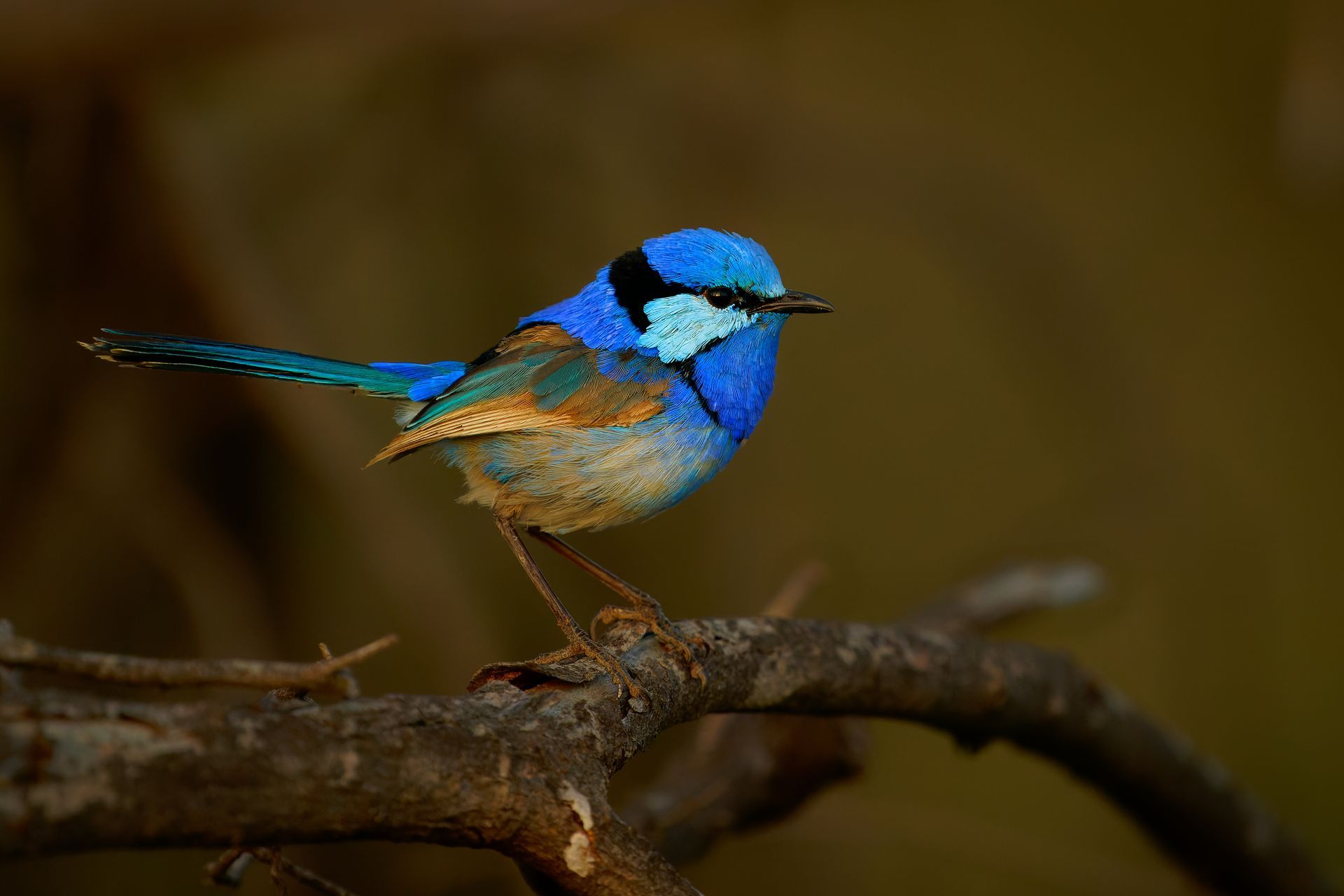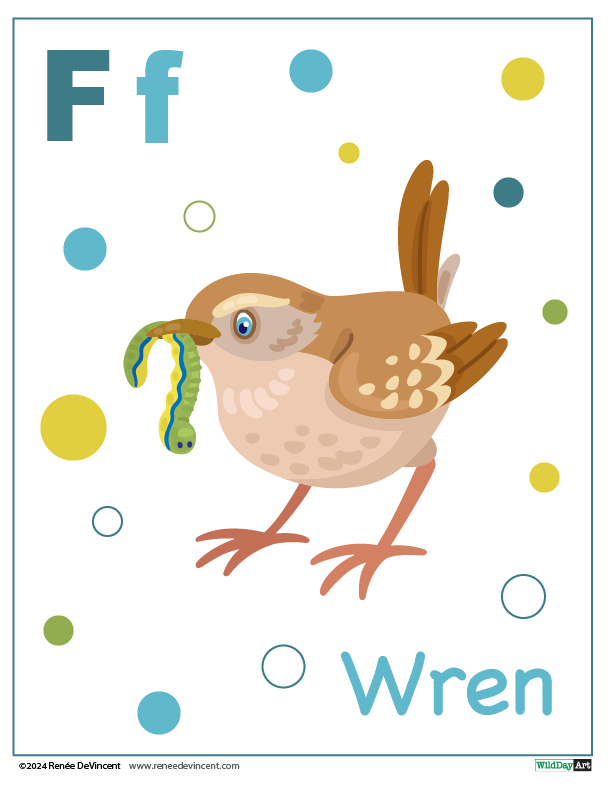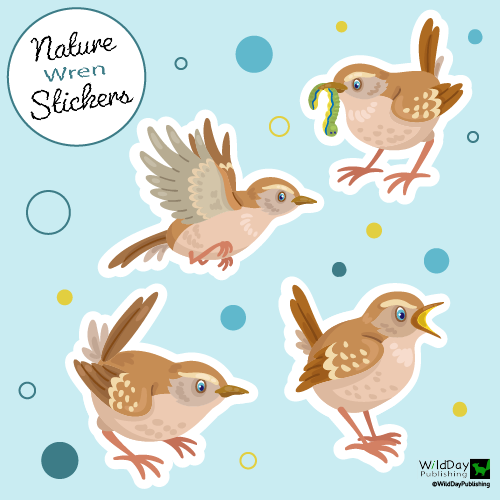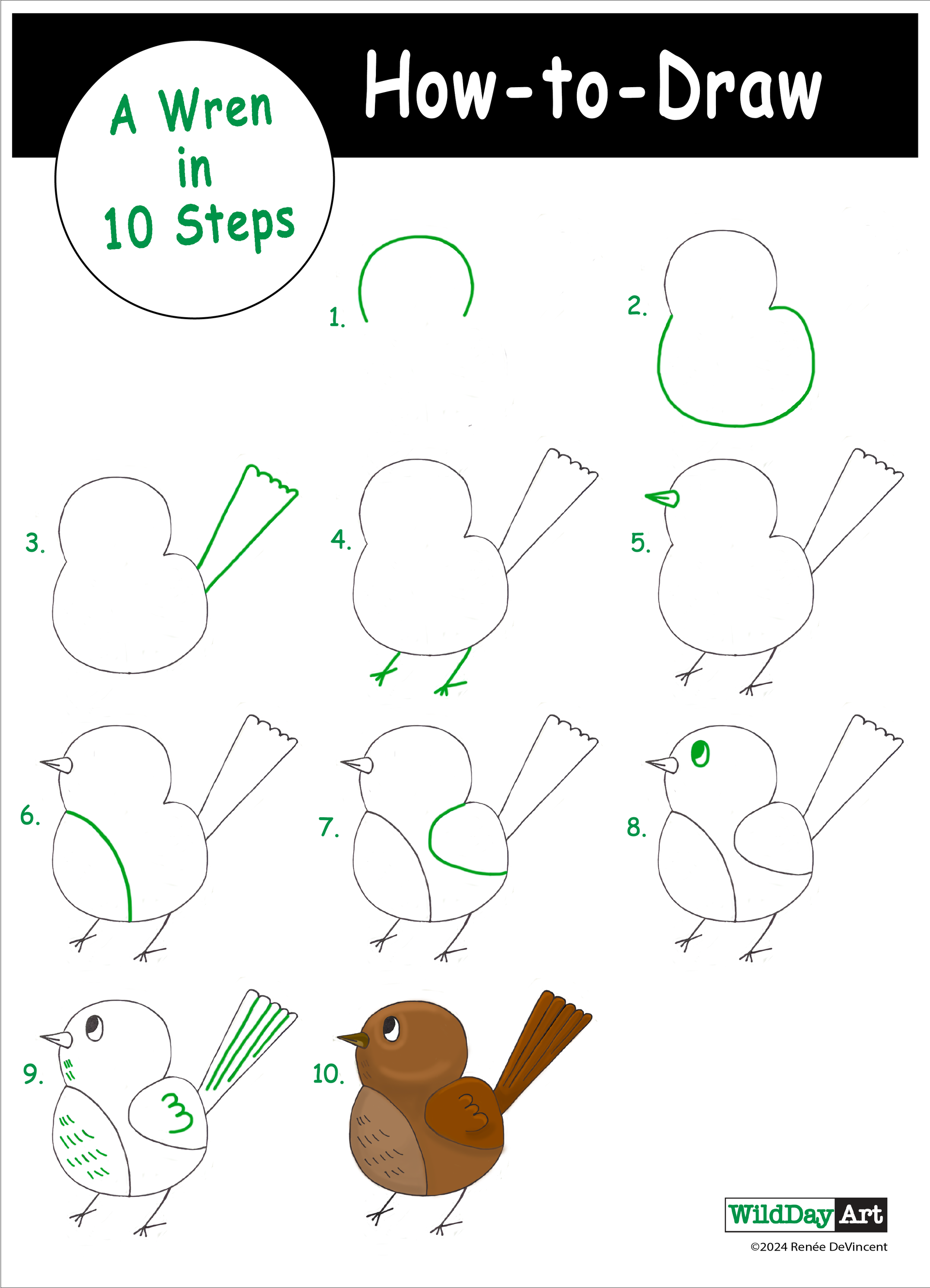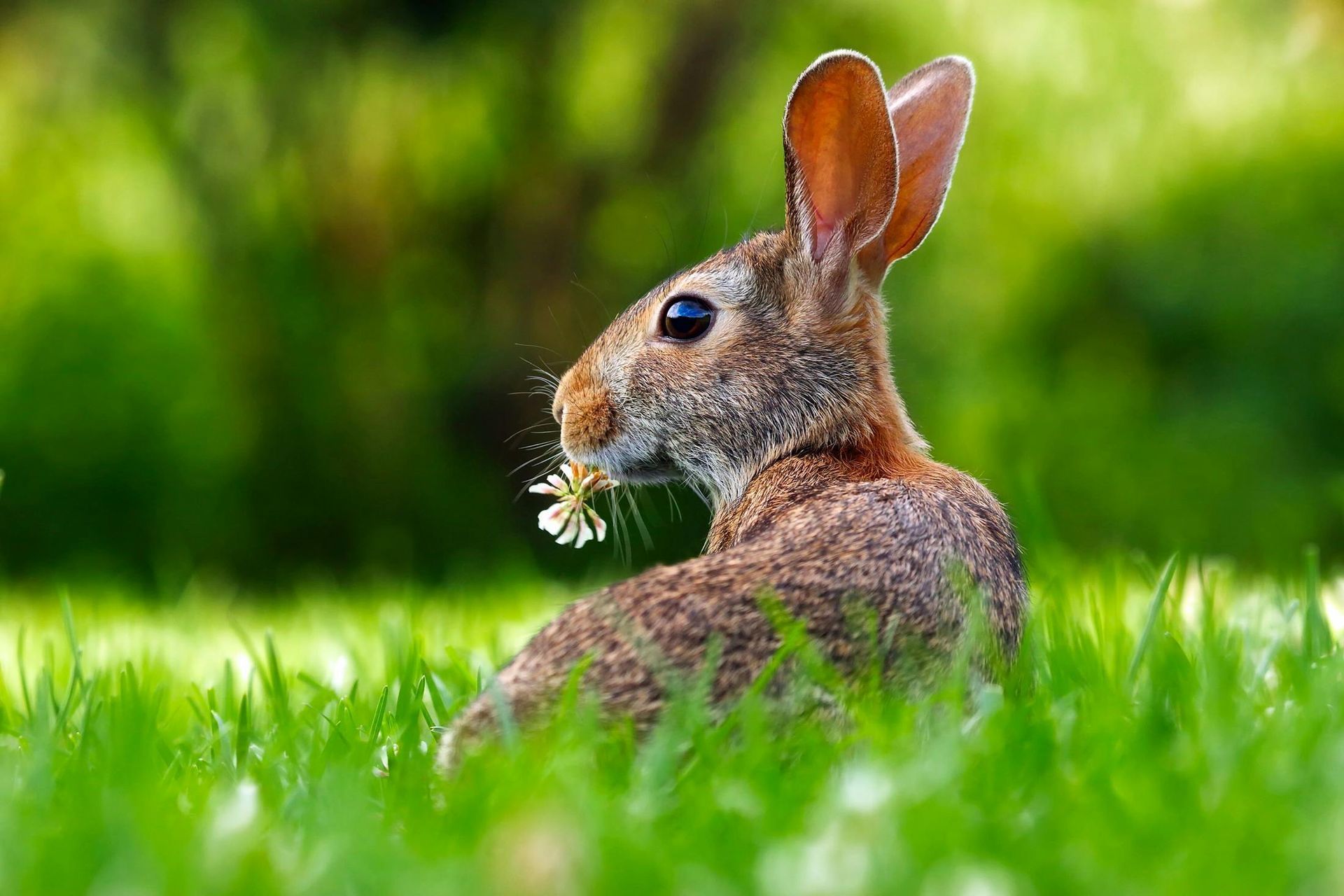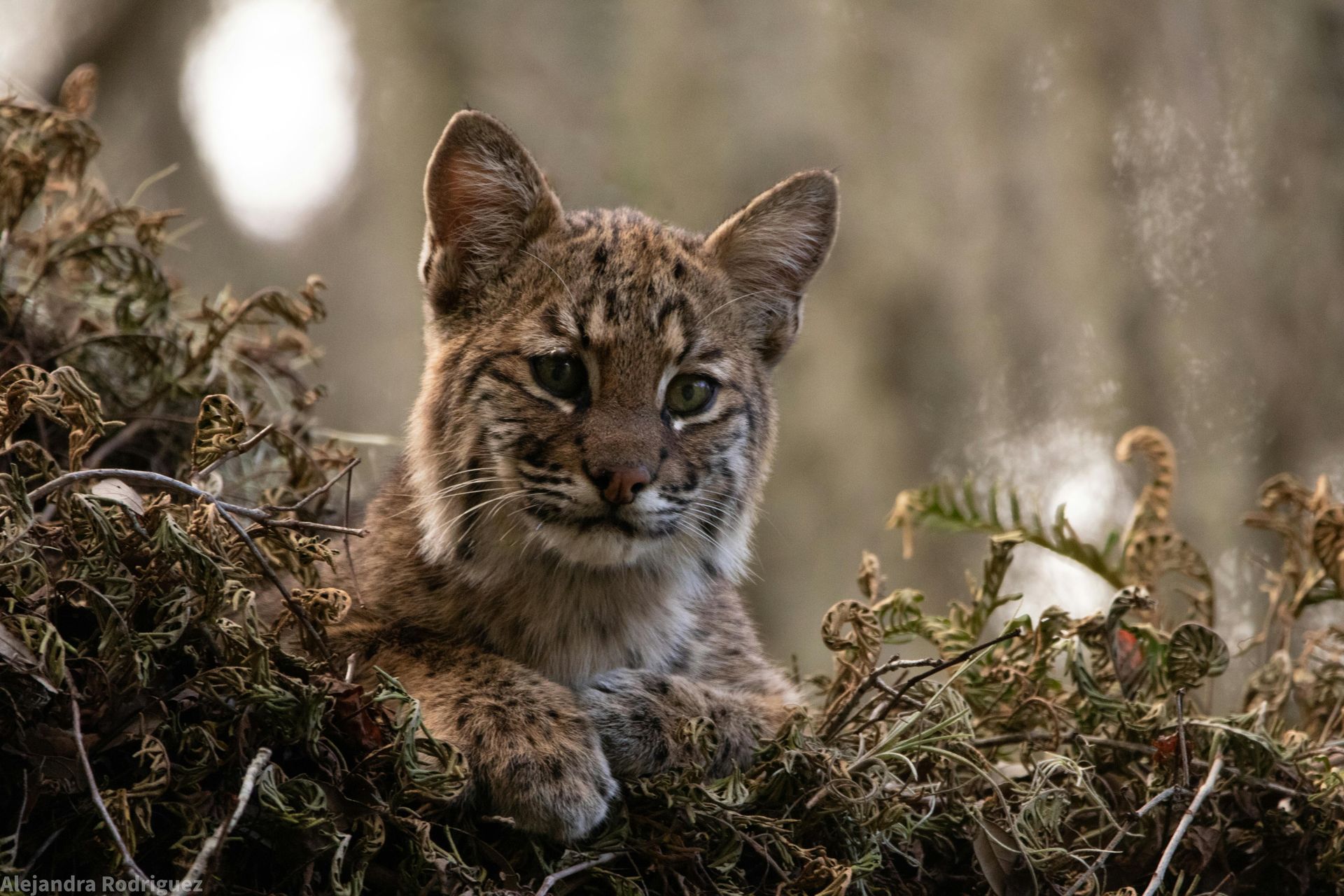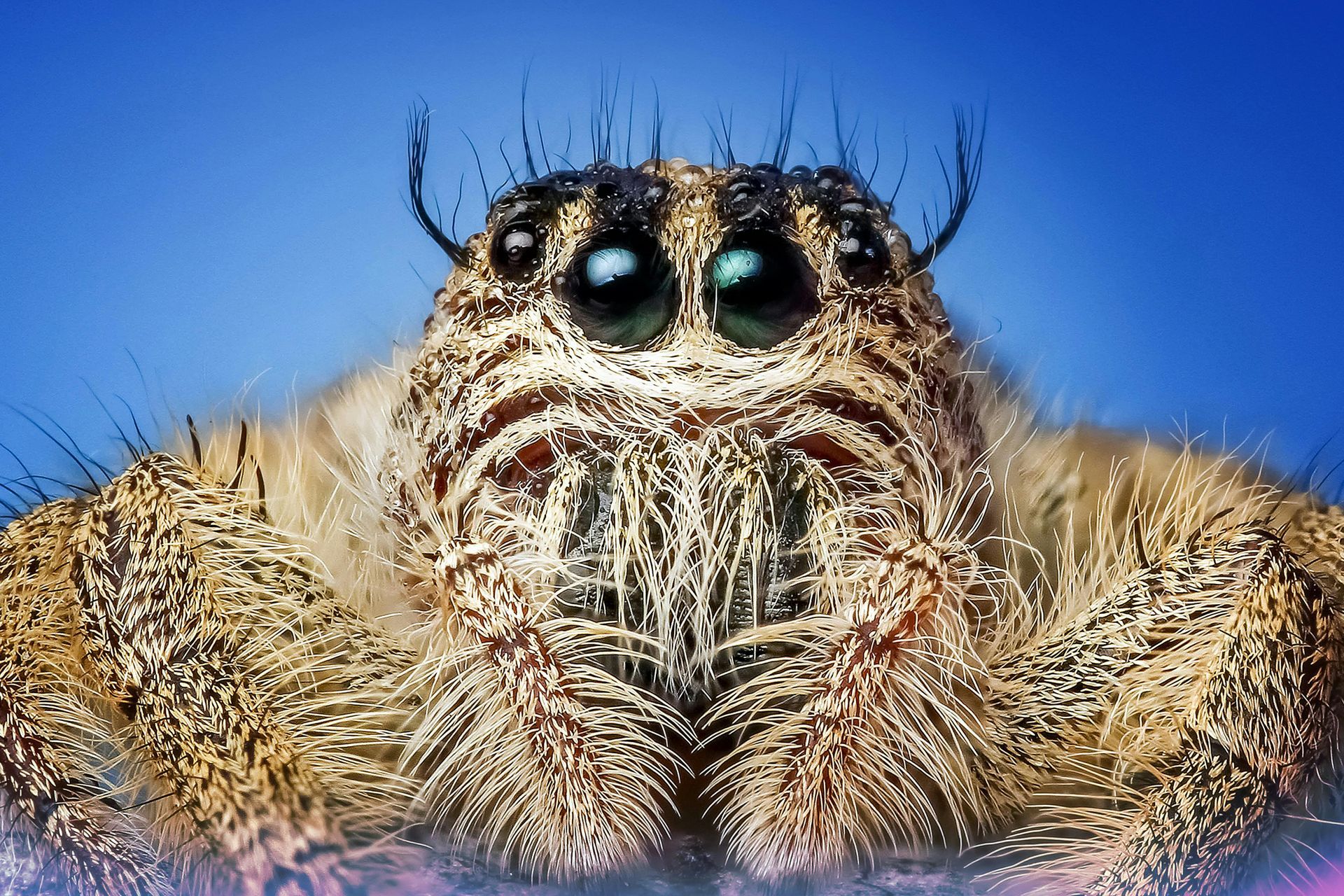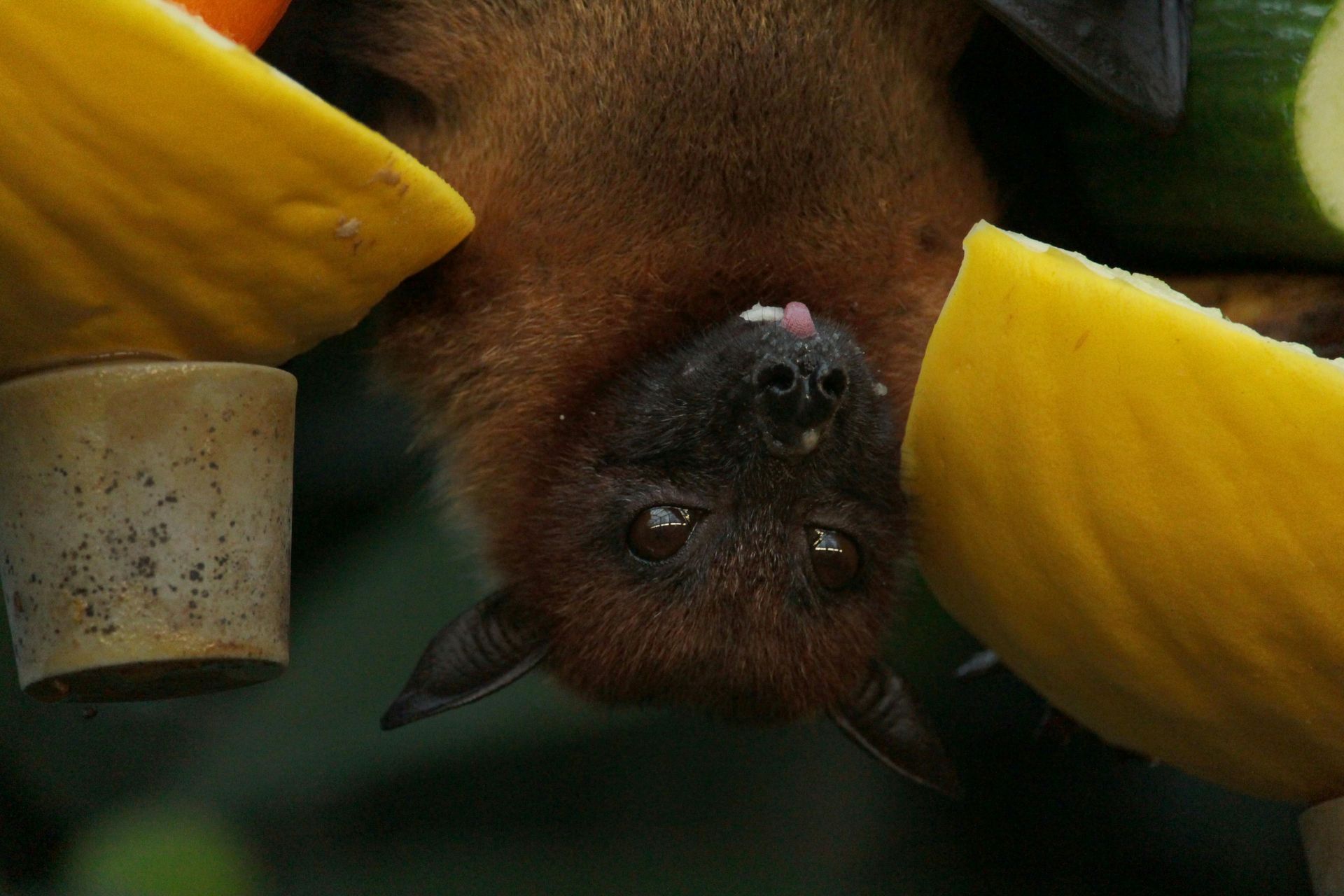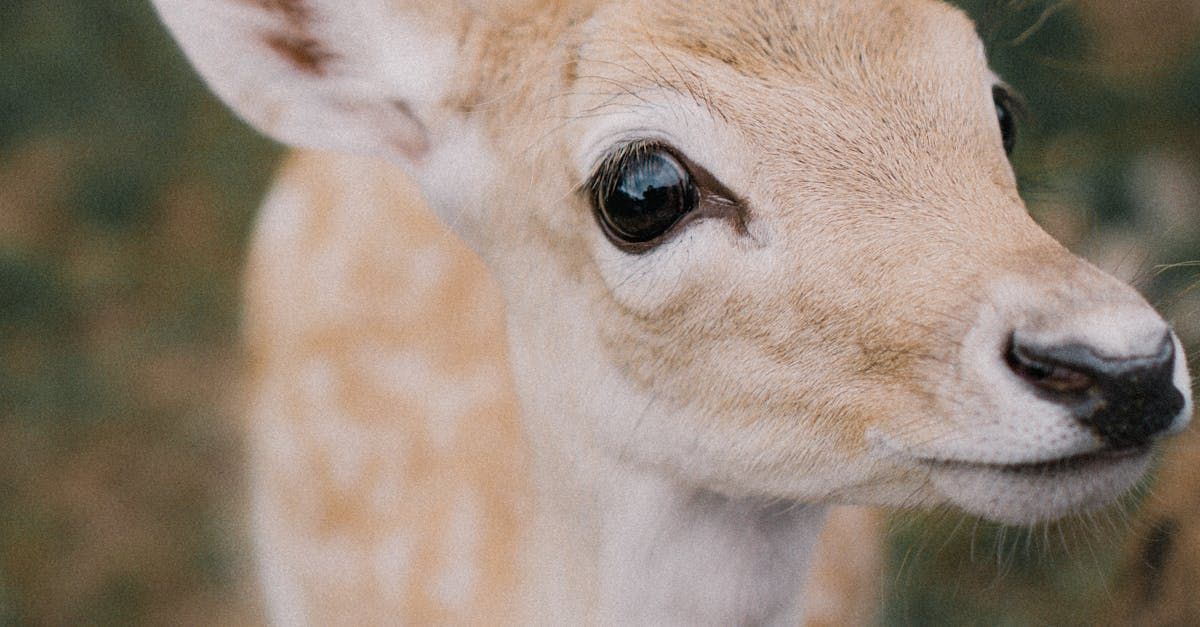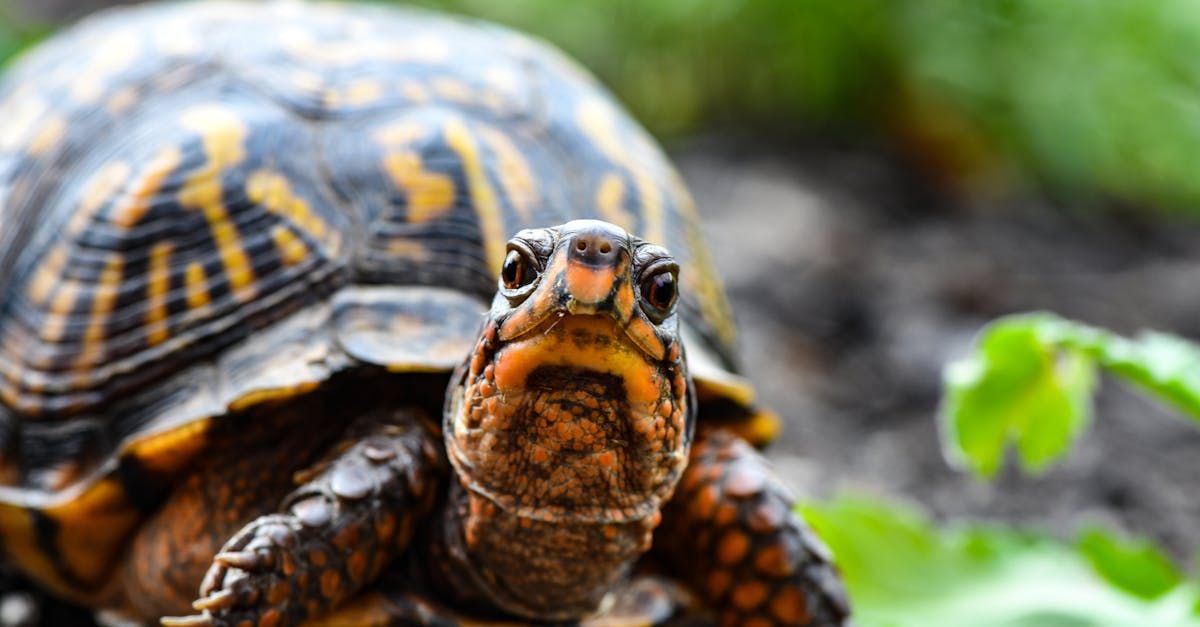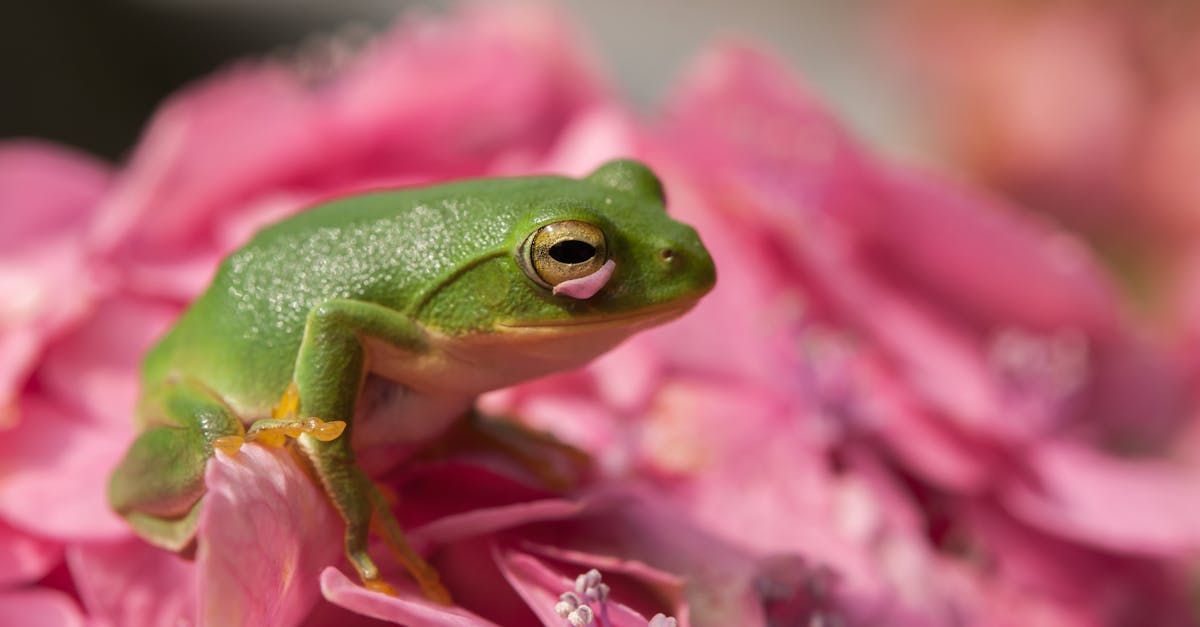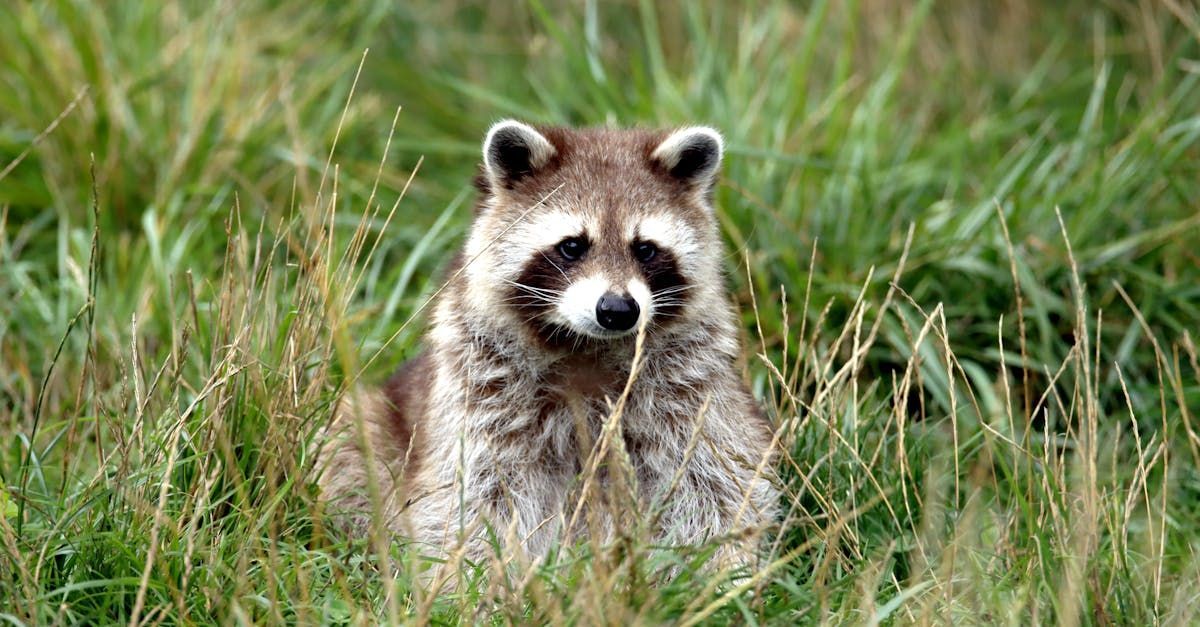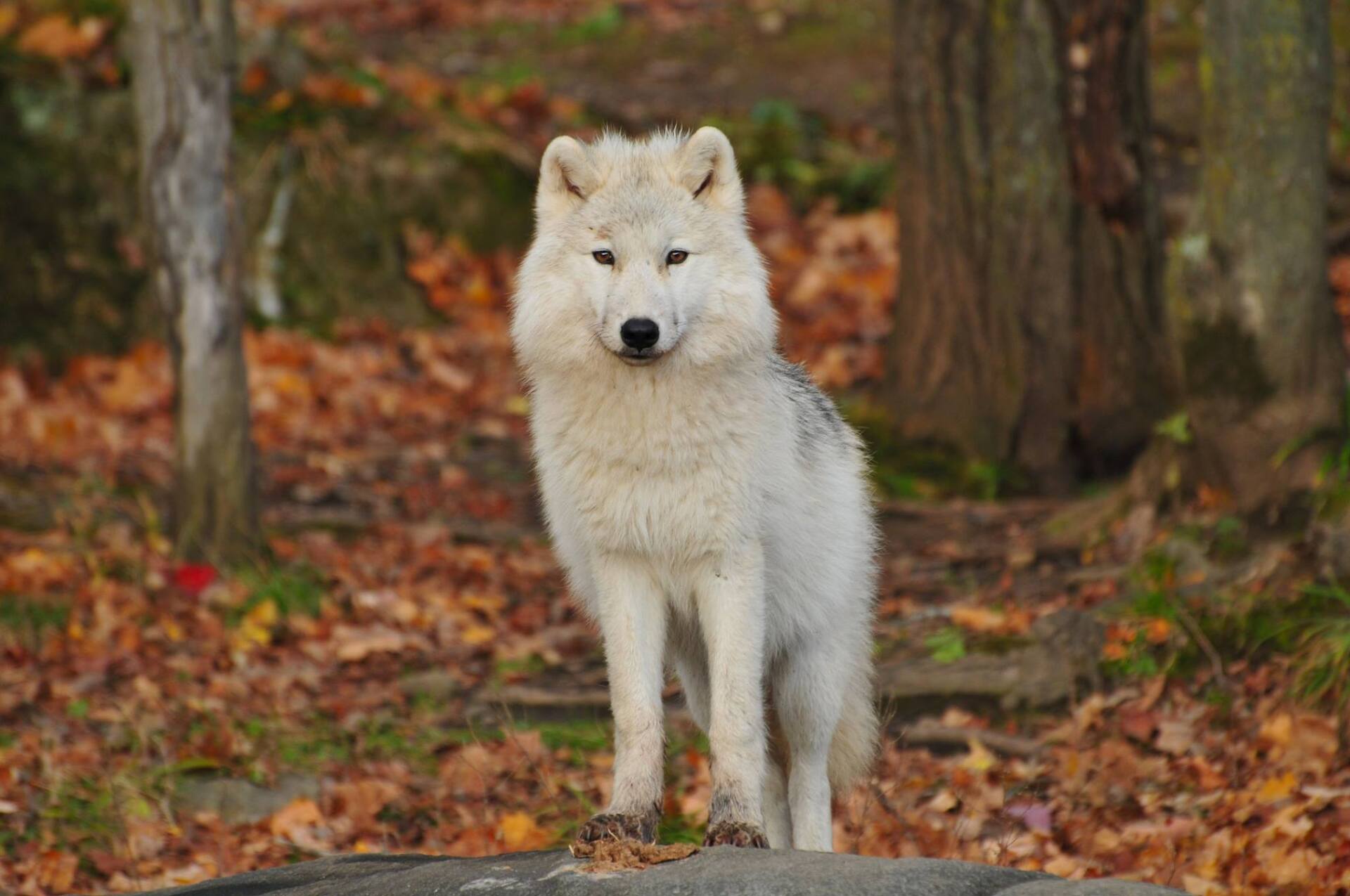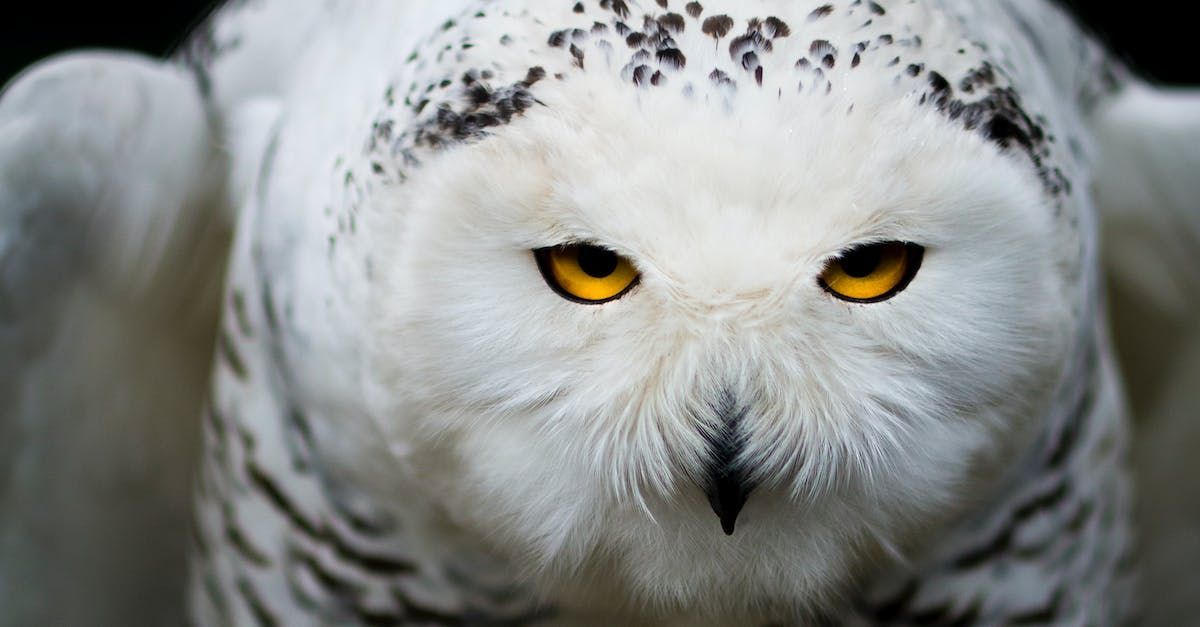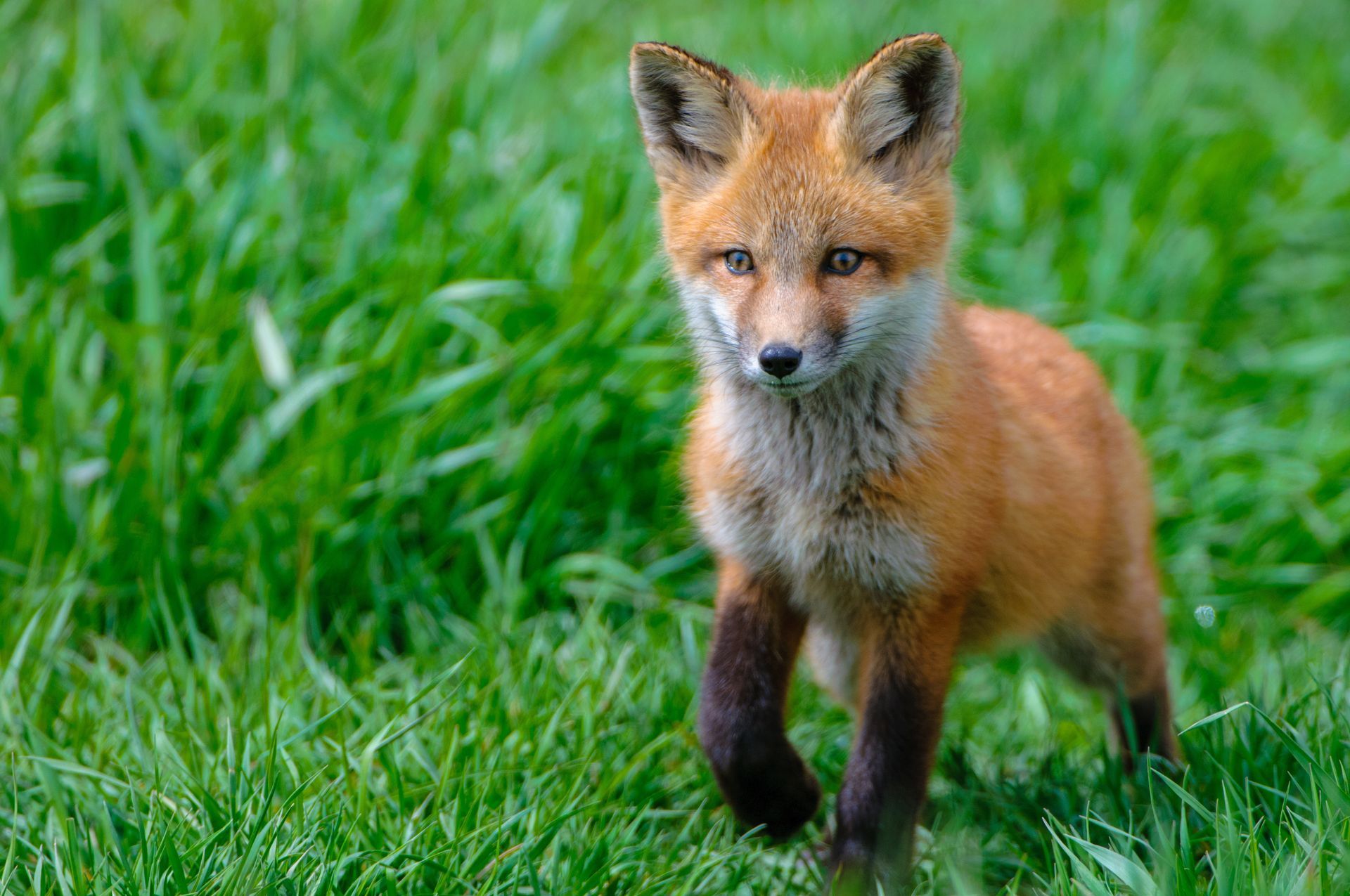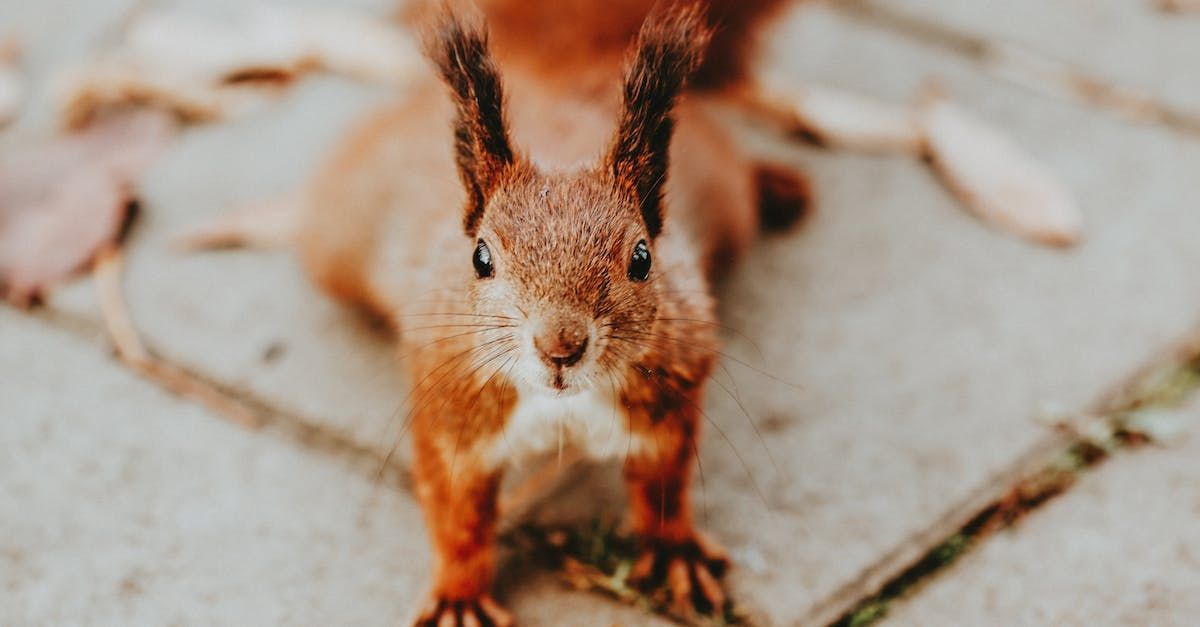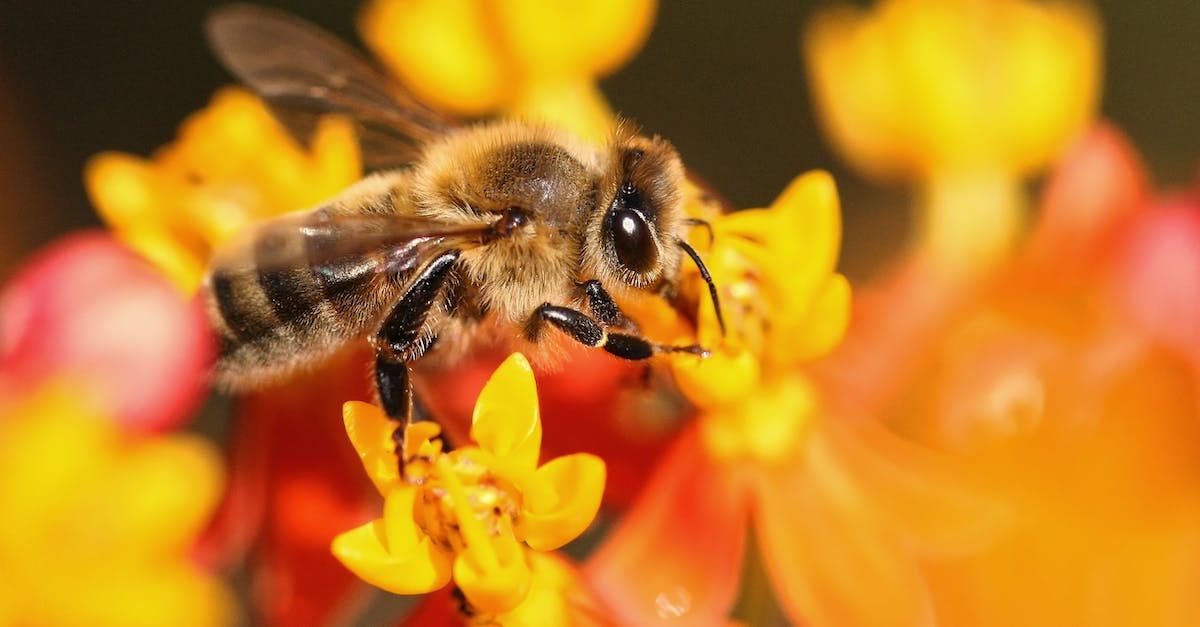Carolina Wren: Carolina Wrens keep the same partner for life. They are found in the southeastern United States, extending into Mexico and Central America. They are commonly found in woodlands, suburban areas, and parks. Their loud, clear song is a distinct feature of this type of wren.
Tiny but Mighty Grand Melodies
Please email or share this article.
Tiny but Mighty Grand Melodies
June, 15 2024
by Renée DeVincent
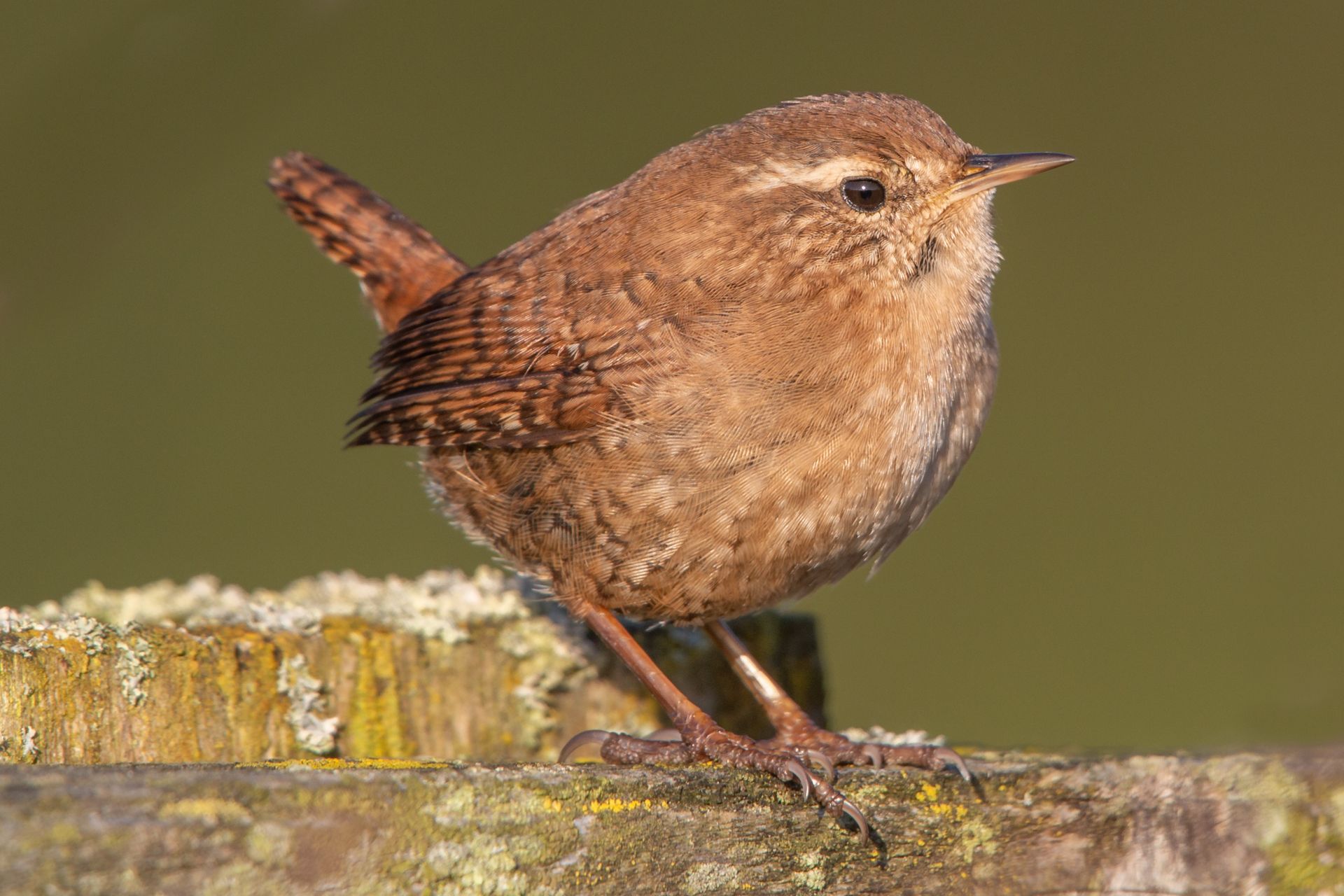
Let me introduce my absolute favorite bird, the Wren. These tiny bundles of energy have often visited my backyard, but last year, I had the pleasure of witnessing a pair and their babies. It was a summer highlight I will not forget. I hope you enjoy learning about these unique little birds. To start, here are some fun short facts!
Short Facts About the Wren
- A Carolina Wren can sing up to 3,000 times a day.
- Male wrens build several nests, and the female picks her favorite for laying eggs.
- A pair of Carolina wrens will stay together for life. But, other types may not.
- House wrens love sticks. A single nest can have around 500.
- Wrens are resourceful nesters and will use anything from old shoes to empty cans as their homes.
Meet the Wren
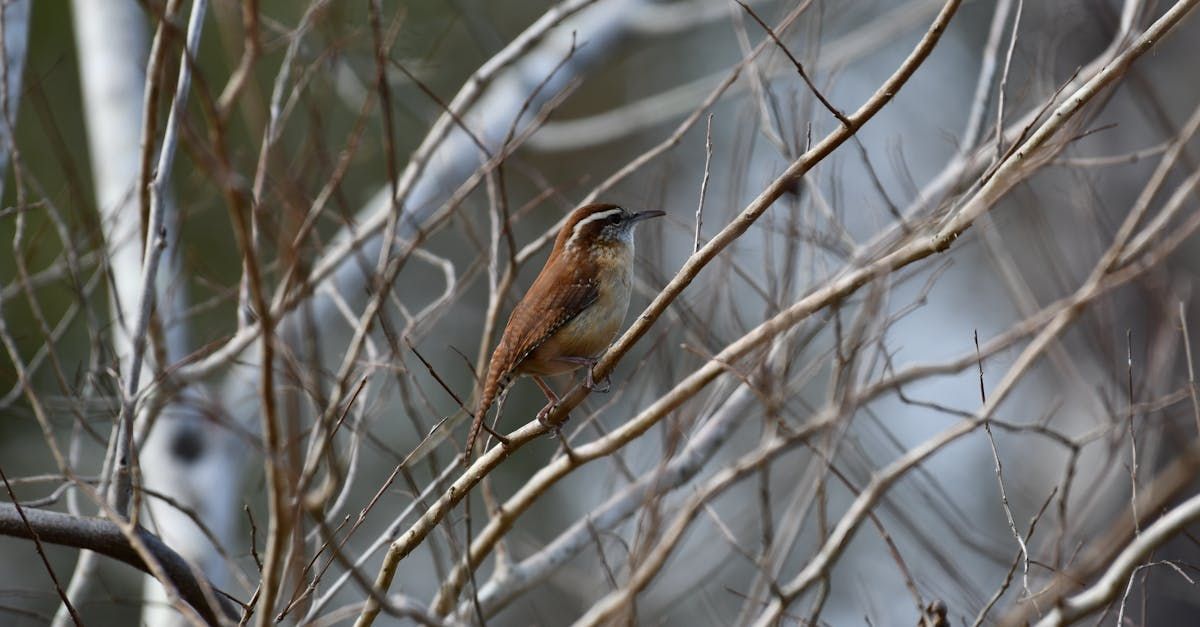
Wrens might be tiny and drab-looking, but they are big on personality. Their songs are loud, cheerful, easy to identify, and their nonstop activity is fun to watch. They seem fearless, coming into outdoor living spaces, flying and hopping around, looking for food and places to nest. Their choice of nesting sites can be entertaining and creative.
With over 80 species worldwide, there is a good chance you have a type of Wren visiting your outdoor living space. These little birds are typically brown with a short tail, often held toward the sky, and have a slightly curved beak perfect for hunting insects. In some parts of the world, the male birds are more colorful, sporting bright blue feathers.
Where do Wrens Live?
Wrens are incredibly adaptable birds, thriving in a variety of habitats across the world. They can be found in forests, grasslands, wetlands, and urban areas. These birds prefer environments with plenty of shrubs and trees, which provide ample nesting sites and food sources. Known for their resourcefulness, wrens often use human-made structures like birdhouses, sheds, and even old shoes for nesting. They build dome-shaped nests using a variety of materials, including twigs, leaves, feathers, and moss. The entrance is typically a small hole near the base, offering protection against predators.
Six Common Wrens
photo by pexels
photo by Wirestock - stock.adobe.com
photo by David - stock.adobe.com
photo by imaton - stock.adobe.com
photo by pexels.com
photo by phototrip.cz - stock.adobe.com
Super Cute Wren Babies!
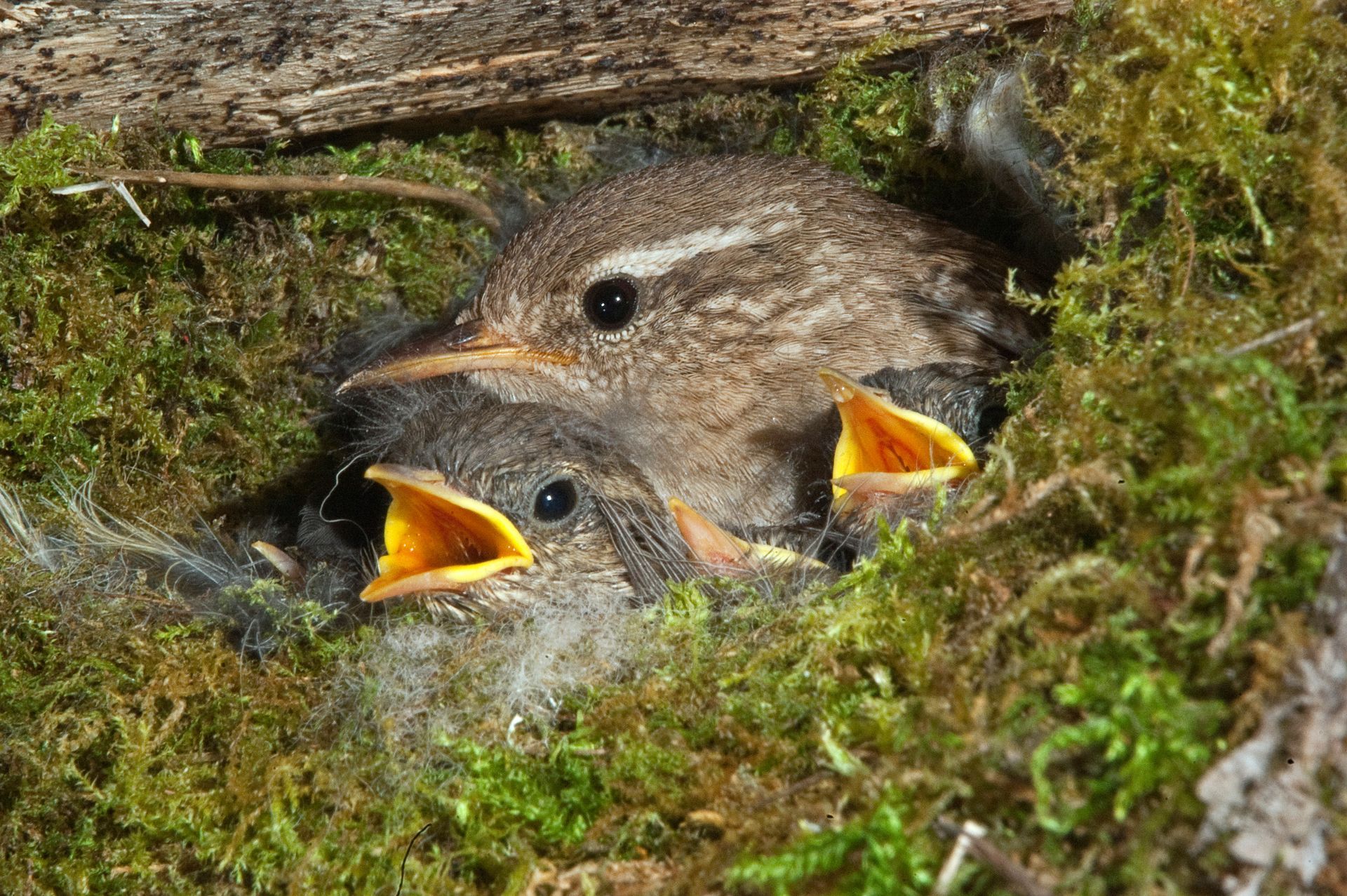
Wren parents are excellent caretakers, building intricate nests in holes or birdhouses to keep their young safe. A wren will lay between five and eight small speckled eggs, known as a brood, typically in late April, with second broods often raised later. The eggs hatch in 13-18 days.
Once hatched, the tiny, featherless nestlings require constant care and feeding. Both parents work tirelessly to provide a steady diet of insects and spiders to their hungry brood. In just about two weeks, the nestlings grow rapidly, developing feathers and preparing for their first flight. Watching baby wrens take their first adventurous leaps into the world is a heartwarming sight.
What do Wrens Eat?
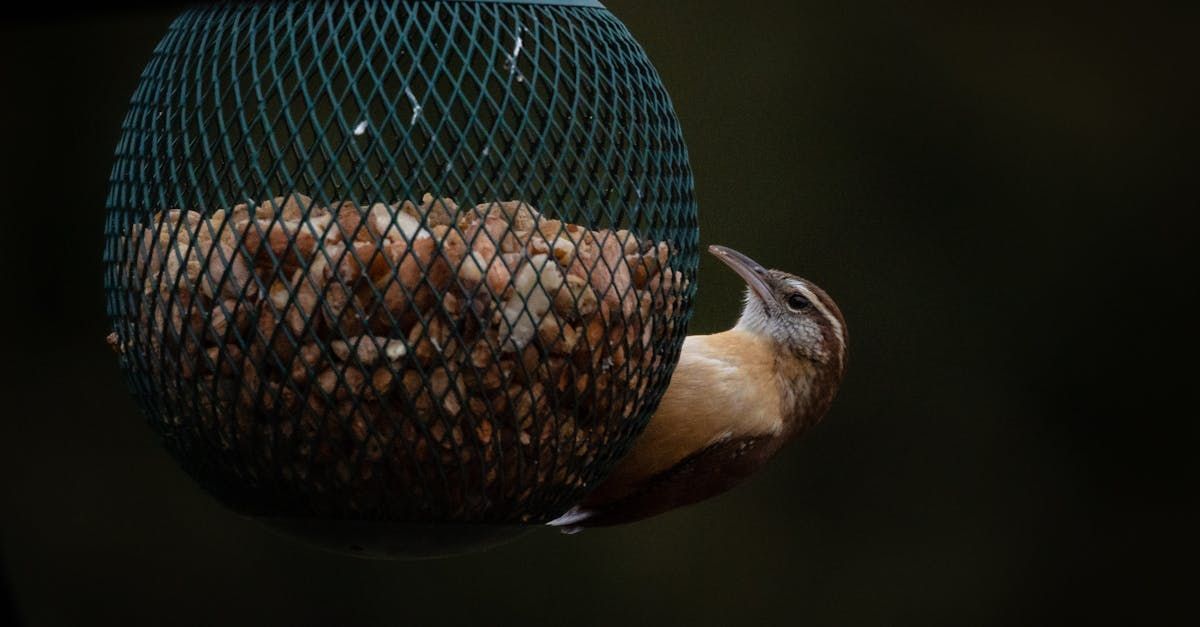
Wrens are primarily insectivores, meaning they mainly eat insects and spiders. They play a crucial role in controlling insect populations, eating a variety of pests such as beetles, caterpillars, and ants. Occasionally, wrens might also enjoy small fruits and seeds, especially during the colder months when insects are hard to find. Their foraging behavior is fun to watch as they hop energetically from branch to branch, poking into crevices and under leaves in search of their next meal.
Wrens in Your Backyard
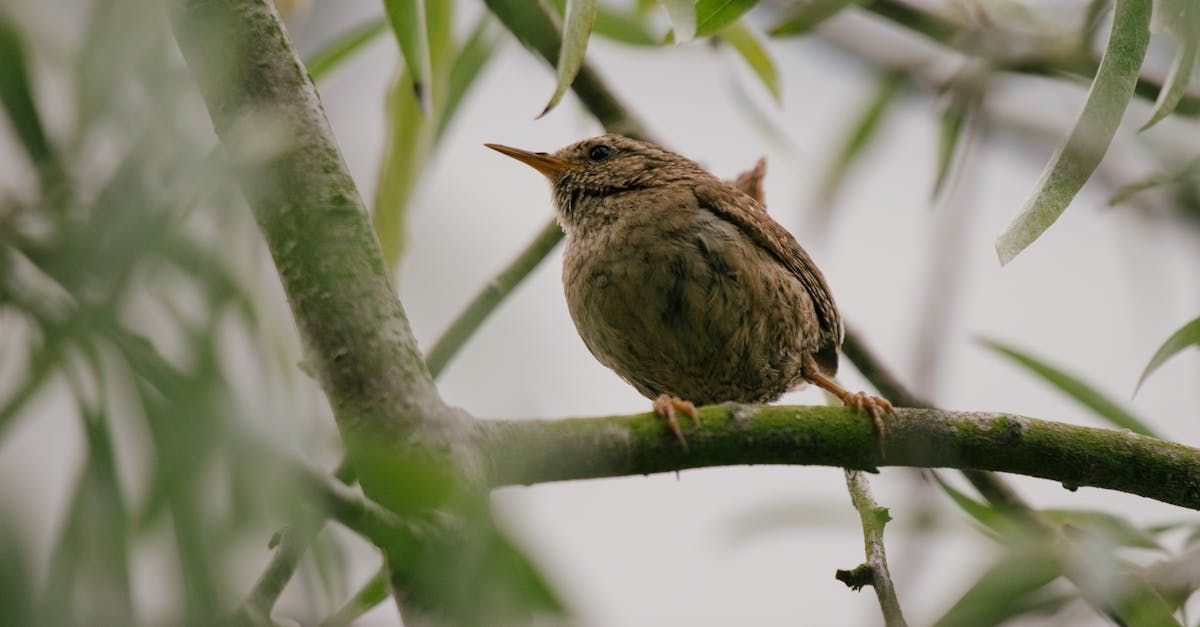
Sharing your backyard with wrens is a fun experience, and they help keep the insect populations down. Here are some tips to make your yard a wren-friendly haven:
- Nesting Sites: To attract wrens, provide birdhouses with a small entrance hole (about 1 inch in diameter). Place them in quiet, sheltered spots to keep them safe from predators.
- Natural Vegetation: Plant native shrubs and trees to offer natural nesting sites and food sources. Wrens love dense foliage for protection and foraging.
- Water Sources: Ensure a fresh water supply, such as a birdbath or shallow pond, for drinking and bathing.
- Insect-Friendly Gardens: Avoid using pesticides in your garden. Plant a variety of flowers and maintain a compost pile to encourage a healthy insect population.
- Safety Measures: To protect wrens from being caught and eaten, keep cats indoors or supervise them while outside. Also, be mindful of using netting or other materials that could trap or harm birds.
By understanding and appreciating the life of wrens, we can create a healthy relationship with these wonderful birds, making our backyards a lively and joyous place for both humans and wildlife. So, let's welcome the wrens and enjoy the magic they bring to our everyday lives!
Article Sources:
American Bird Conservancy: https://abcbirds.org/bird/carolina-wren/
Arizona-Sonora Desert Museum: https://www.desertmuseum.org/books/nhsd_wrens.php
Songbird Survival: https://www.songbird-survival.org.uk/post/10-facts-about-wrens-you-didnt-know
The National Audubon Society: https://www.audubon.org/field-guide/bird/carolina-wren
Cornell Lay-All about birds: https://www.allaboutbirds.org/guide/Eurasian_Wren/photo-gallery/613695619
Fairwren Project: https://fairywrenproject.org/meet-the-fairywrens/#SUFW_highlink
Wren-Themed Activities (Ages 3+)
Older Posts
